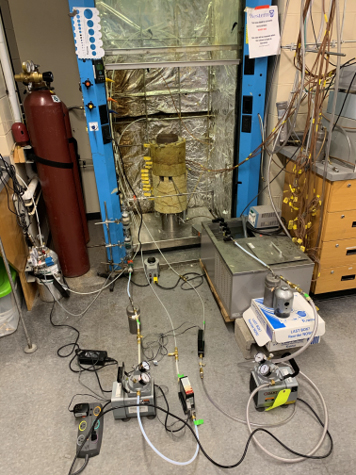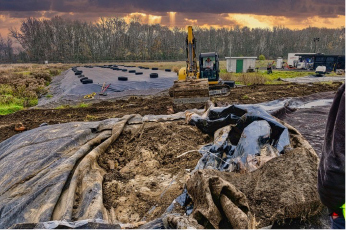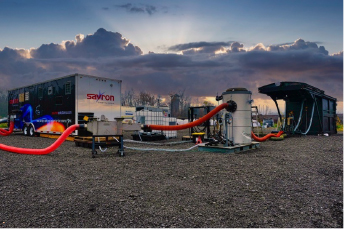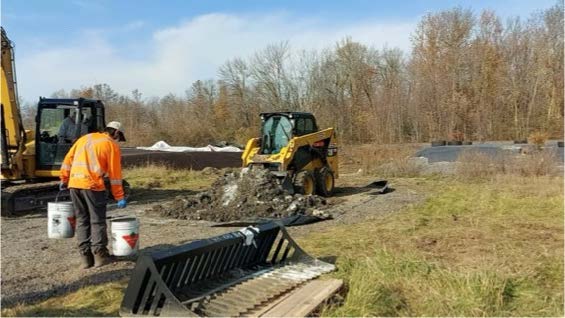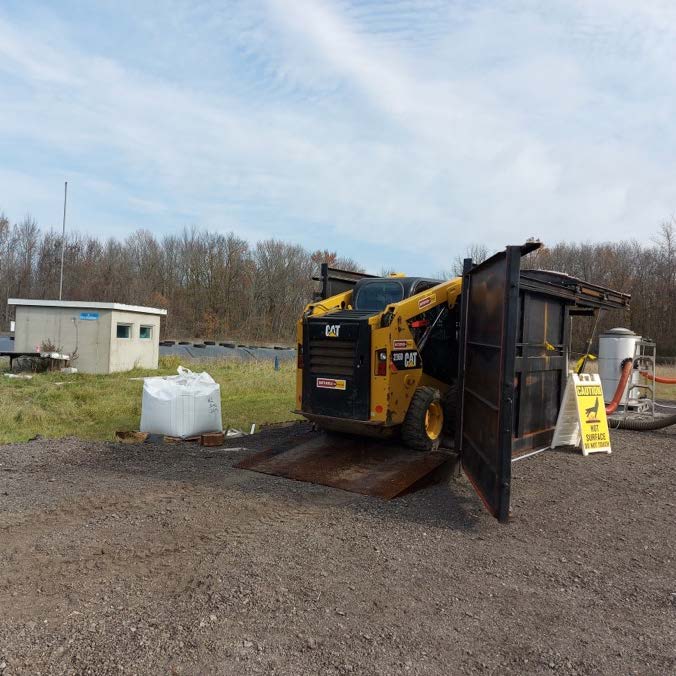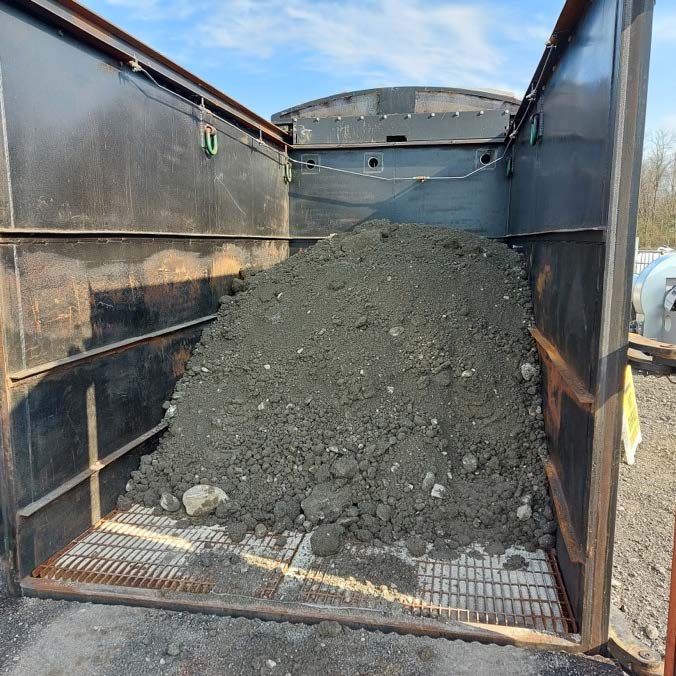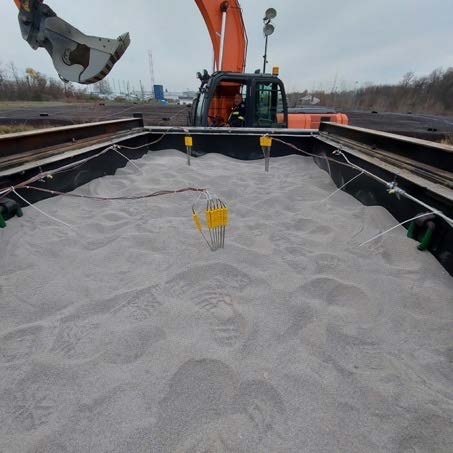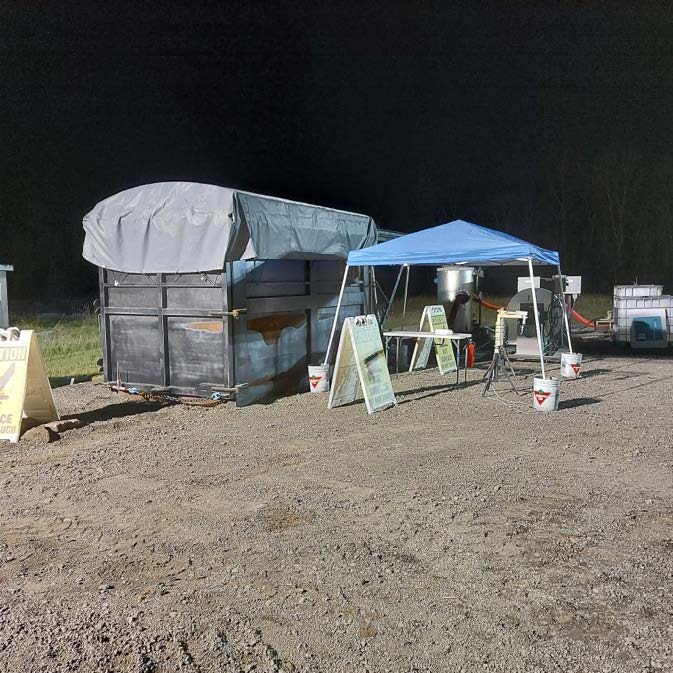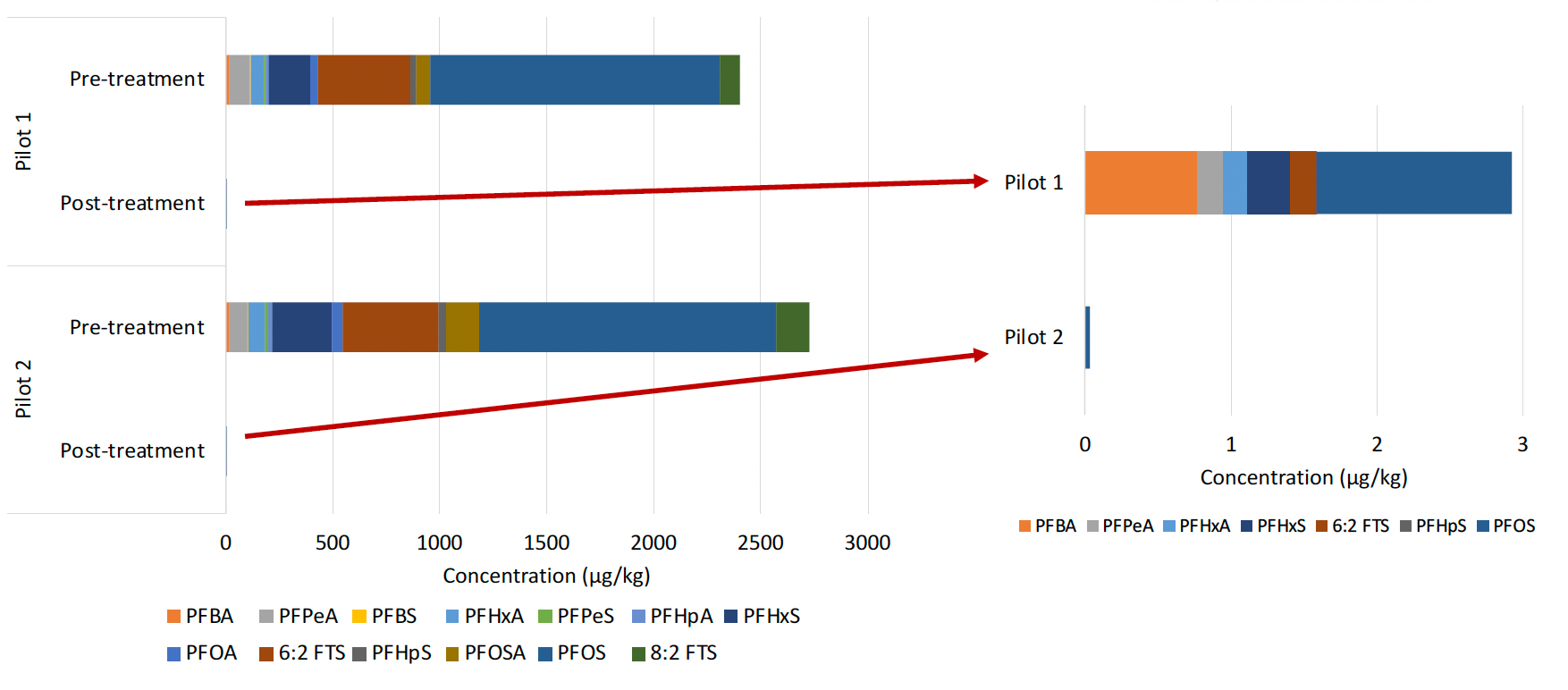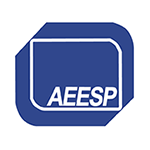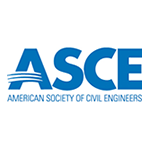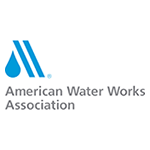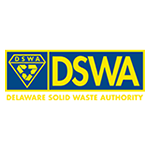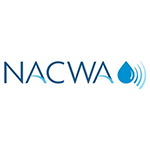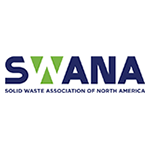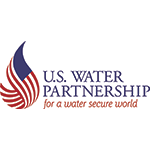- Home
- Contact Us
- News & Events
- Awards
- AAEES Awards Criteria
- 40 Under 40 Recognition Program
- Edward J.Cleary Award
- Excellence in Environmental Engineering and Science Education
- Gordon Maskew Fair Award
- Honorary Member
- International Honorary Member
- Ralph and Joe Bales Graber Science Award
- Stanley E. Kappe Award
- Environmental Communications Awards Competition
- Excellence in Environmental Engineering and Science Competition
- The AAEES Chapter Blue Marble Award
- Resources
- AAEES Microcredentials
- Annual Reports
- AAEES Press Releases
- AAEES Website How To VIdeos
- Environmental Engineer and Scientist
- Environmental Engineering Body of Knowledge
- PFAS Resources
- Specialty Examination Guide
- Students and Young Professionals Resources
- Who's Who in Environmental Engineering & Science®
- Leadership Opportunities
- Membership
- Donate
- Jobs
2024 Excellence in Environmental Engineering and Science® Awards Competition Winner
Superior Achievement
Category Entered: ResearchFrom the Laboratory to the Field - STAR Treatment of PFAS in SoilsEntrant: Savron, a division of Geosyntec Consultants International, Inc. Entrant Profile Savron is an operating division of Geosyntec Consultants International, Inc., and is a multi- national provider of sustainable waste management and remediation solutions specializing in the safe, energy-efficient, environmentally responsible treatment of a broad range of hazardous materials. Savron helps oil and gas, waste management, chemical manufacturing, and federal clients manage their environmental liabilities and comply with regulatory requirements. The STAR process is based on an energy-efficient, self-sustaining smoldering combustion process that captures and recycles the energy released from organic contaminants to destroy them effectively, controllably, and safely. A broad range of hazardous materials, including petroleum hydrocarbons, coal tar, and creosote can be treated by our technology. Savron, the University of Western Ontario, Royal Military College of Canada, Brown University, and the University ofNotre Dame explored how to use STAR to destroy polyfluoroalkyl substance (PFAS) in soils. As PFAS are not contaminants that can support smoldering combustion in and of themselves, a surrogate fuel is required. Numerous fuel surrogates are viable; however, low concentrations of spent or fresh granular activated carbon (GAC) can be used to generate the high temperatures required for PFAS destruction. When spent GAC is used then two problems can betreated concurrently: waste GAC and PFAS-contaminated soils. Laboratory studies were used to verify the destruction of PFAS and fluorine mass balance and to optimize PFAS mineralization with minimal production of by-products. A fieldprogram using Savron’s 10 m3 pilot HottPad™ system demonstrated successful treatment of PFAS-impacted soils at a Canadian Forces Base located in Ontario. Project DescriptionBackgroundSmoldering is a flameless, heterogeneous, exothermic oxidation reaction that occurs on the surface of a solid or liquid fuel that oxygen penetrates. Smoldering can be self-sustaining after a one-time, local ignition event, provided that the heat generated by oxidation overcomes heat losses to the surrounding environment. After ignition, the smoldering reaction front propagates from the ignition point through the porous medium in the direction of convective airflow. Smoldering combustion to treat hydrocarbon contamination has been applied at full scale to treat contaminated sites. For hydrocarbon-contaminated materials, the contaminant acts as fuel. Generally, liquid hydrocarbons (e.g., crude oil) will achieve smoldering temperatures ~500°C. Although PFAS can be volatilized and partially broken down to form shorter-chain length PFAS and volatile organic fluorine (VOF) compounds at relatively low temperatures (400-500°C), and be partially defluorinated at 700°C, a higher degree of destruction and mineralization require temperatures greater than 900°C. However, treating PFAS by smoldering requires adding a supplementary fuel as typical PFAS concentrations in soils (ng to μg per kg) are too low to serve as a smoldering fuel. Our laboratory column studies demonstrated:
Our field demonstration involved treating two 10 m3 batches of contaminated field soil with unknown PFAS species and concentrations at a Canadian Forces Base in Ontario. The soils were treated in a pilot HottPad™ system consisting of a walls, a swing door, a retractable emissions capture hood, and a trafficable base equipped with a series of heaters and an air distribution system to support the smoldering combustion reaction. Soils were mixed with GAC and CaO and placed within the HottPad. After ignition, the smoldering process was monitored through thermocouples placed vertically in the soil pile and the production of combustion gasses (carbon dioxide and carbon monoxide). The emissions were extracted under vacuum and directed to vapor-phase GAC vessels. The emissions were also sampled for HF and VOF. The pre and post-treatment soils were sampled for PFAS and presence of CaF2. The field pilot demonstrated the same results as the columns studies, namely:
Integrated Approach to Environmental MediaThe results of the study demonstrated that along with treating PFAS in soil below current advisory levels, there was no or minimal release of VOF or HF into the air. Treated soils can be reused for fill and can still support plant growth with minimal manipulation. The technology can also be used to treat waste GAC and, therefore, treat waste that is produced by water treatment technologies. Furthermore, any VOF or PFAS emitted during smoldering can be captured by vapor phase GAC, which could be used as fuel to smolder other PFAS-impacted soils. QualityThis project was conducted under the U.S. Department of Defense Strategic Environmental Research and Development Program (SERDP), Project ER18-1593. This project and team received the SERP-ESTCP project of the year award for environmental restoration (https://demo.serdp-estcp.mil/newsitems/details/00857592-b81a-4080-b63a-29a4d5ab0bf5/demonstration-of-smoldering-combustion-treatment-of-pfas-impacted-investigation-derived-waste). This prestigious award speaks the impact and quality of this project. Contributions to Social and Economic AdvancementOur technology addresses one of the most pressing and emerging contaminants; the “forever chemicals” that are increasingly found in the environment. PFAS has attracted considerable attention in the industry and community. The US Congress passed recent legislation (H.R. 2497) that directs the US Environmental Protection Agency (EPA) to designate two PFAS compounds - perfluorooctanoic acid (PFOA) and perfluorooctanesulfonic acid (PFOS) as hazardous substances under the Comprehensive Environmental Response, Compensation, and Liability Act (CERCLA), and to determine if the remaining PFAS should also be designated as hazardous substances. There are few available technologies that can treat PFAS in soils. Incineration is expensive, requires transporting the soils to fixed facilities, and has a large carbon footprint. Landfills are increasingly refusing acceptance of PFAS-contaminated soils and does not offer a permanent solution. Our solution has a lower carbon footprint, allows on site treatment, and its effective destruction of PFAS further removes the risk of the release of PFAS into the environment, eliminating future liability. Originality and InnovationCreativity and innovation are required to conduct laboratory studies that lead to a clear understanding of the smoldering process on the fate of PFAS, and then translate that knowledge to conducting a practical field demonstration that proves out the technology and collects key design and operational information. Our work resulted in groundbreaking understanding of PFAS destruction through smoldering processes. This includes fully understanding the fate of fluorine to demonstrate mass balance of destruction (where did the PFAS go?). This work produced two Master theses, peer-reviewed publications, and presentations at several technical conferences as shown below: Duchesne, A.L., Brown, J.K., Patch, D.J., Major, D., Weber, K.P., and Gerhard, J.I. 2020. Remediation of PFAS-Contaminated Soil and Granular Activated Carbon by Smoldering Remediation. Environmental Science & Technology. 54(19), 12631-12640. Kinsman, L., Major, D., Grant, G., Duchesne, A., Harrison, B., Brown, J., Gerhard, J., Patch, D., Weber, K. 2021. Smouldering Remediation of PFAS-Contaminated Soils. SMART Remediation, Virtual Event, 18 February. Kinsman, L., Major, D., Grant, G., Scholes, G., Duchesne, A., Brown, J., Harrison, B., Gerhard, J., Patch, D., Weber, K., McRae, C., Tam, A. 2021. STAR and STARx – Smouldering Remediation of PFAS-Impacted Soils. RemTech: Remediation Technologies Symposium, Banff, Alberta, Canada, 13-15 October. Kinsman, L., Major, D., Grant, G., Scholes, G., Harrison, B., Brown, J., Gerhard, J., Patch, D., Weber, K., McRae, C., Tam, A. 2022. STAR and STARx – A Smouldering Solution to PFAS from Laboratory to Field Scale Application. RemTech: Remediation Technologies Symposium, Banff, Alberta, Canada, 12-14 October. Kinsman, L., Major, D., Grant, G., Harrison, B., Gabayet, J., Brown, J., Gerhard, J., Patch, D., Weber, K. 2023. STAR and STARx: A Smouldering Solution to PFAS from Laboratory to Field Scale Application. RemTech Europe, Virtual Presentation to Ferrara, Italy, 18-22 September. Kinsman, L., Major, D., Grant, G., Scholes, G., Harrison, B., Brown, J., Gerhard, J., Patch, D., Weber, K., McRae, C., Tam, A. 2023. STAR and STARx – A Smoldering Solution to PFAS from Laboratory to Field Scale Application. RemTEC & Emerging Contaminants Summit, Westminster, Colorado, 3-5 October. Liefl, D., Major, D., Grant, G., Scholes, G., Ferguson, W., Kinsman, L., Harrison, B., Brown, J., Gerhard, J., Patch, D., Weber, K., McRae, C., Tam, A. 2023. STAR and STARx – A Smouldering Solution to PFAS from Laboratory to Field Scale Applications. International In-Situ Thermal Treatment (i2t2) Symposium: Remediation & Recovery, Banff, Alberta, Canada, 17-18 May. Major, D., Duchesne, A., Brown, J., Gerhard, J., Patch, D., Weber, K., Reynolds, D., and Grant, G. 2019. PFAS Destruction in Soil and Investigation Derived Wastes through SmolderingCombustion. RemTEC & Emerging Contaminants Summit, Denver, Colorado, 26-28 February. Major, D., Gerhard, J.I., Duchesne, A.L., Reynolds, D.A., Brown, J. Grant, G.G., Weber, K., Patch, D. 2019. PFAS Destruction through Smoldering Combustion. RPIC Federal Contaminated Sites Regional Workshop, Halifax, Nova Scotia, Canada, 4 June. Major, D. 2019. PFAS Destruction through Smoldering Combustion (STARx). SERDP & ESTCP Webinar Series, Webinar #103, 7 November. Major, D., Duchesne, A., Brown, J., Gerhard, J., Patch, D., Weber, K., Reynolds, D., and Grant, G. 2020. A Smoldering Solution to PFAS. RemTEC & Emerging Contaminants Summit, Westminster, Colorado, 10-11 March. Major, D. 2020. A Smouldering Solution to PFAS. EcoForum, Virtual Event, 18 September. Major, D. 2021. Closing the PFAS Mass Balance for Smoldering. RemTEC & Emerging Contaminants Summit, Virtual Event, 9-11 March. Major, D., Duchesne, A., Brown, J., Gerhard, J., Patch, D., Weber, K., Reynolds, D., Grant, G., 2021. PFAS Destruction through Smoldering Combustion (STARx). RPIC Federal Contaminated Sites Regional Workshop, Virtual Event, 15-18 November. Scholes, G., Grant, G., Major, D., Gerhard, J., Duchesne, A., Brown, J., Weber, K., and Patch, D. 2019. Smouldering Combustion for the Management of PFAS-Impacted Soils at Brownfields Redevelopment Sites in Canada. RemTech: Remediation Technologies Symposium, Banff, Alberta, Canada, 16-18 October. ComplexitySince the field demonstration, we have improved the pilot HottPad system to make it larger but even simpler to construct, ship, and operate on-site. The Department of Defense Innovation Unit (DUI) has selected our new system for demonstration in Alaska at Joint Base Elmendorf- Richardson. Our design allowed delivering the entire HottPads and ancillary / control equipment by truck or rail, with minimal site preparation to set up. Contaminated soil can be excavated and mixed with GAC/CaO by a backhoe before placement in the HottPad. Thermocouples monitored temperatures in the soil piles and HottPad plenum space. The retractable roof is cantilevered to allow single-person opening and closing. Combustion gases are collected via an extraction pipe and continuously monitored and treated before discharge through vapor GAC treatment. Treated soils were easily removed via backhoe/bobcat before being reloaded with the next batch. Click images to enlarge in separate window. Click here to return to the list of 2024 winners. |


